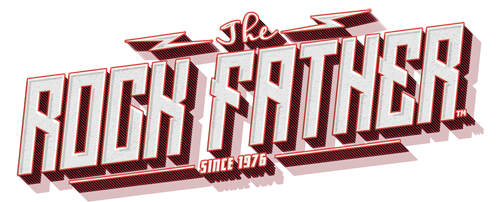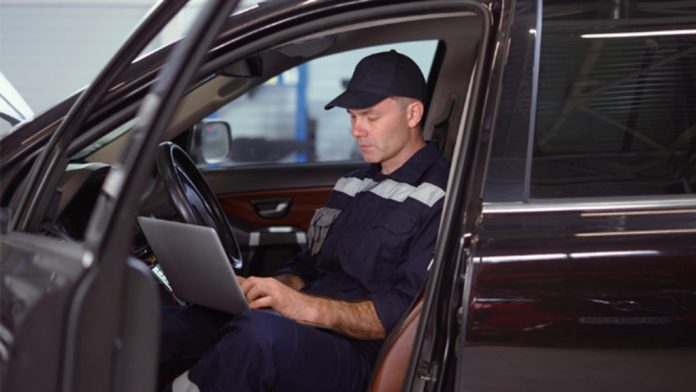Why Auto Glass Safety Standards Matter
Windshields play a vital role in modern vehicle safety, contributing to structural integrity, airbag deployment, and occupant protection. When you replace damaged glass, the new windshield must meet all applicable safety standards. Inferior or uncertified glass can shatter more easily, distort visibility, or fail during a collision. To ensure performance equal to factory specifications, replacement glass must comply with the Federal Motor Vehicle Safety Standard (FMVSS) 205, which governs transparency, impact resistance, and labeling. Choosing a reputable shop that uses DOT-certified glass ensures your vehicle’s replacement glass is held to the same rigorous testing as the original equipment.
Understanding Federal Motor Vehicle Safety Standards (FMVSS)
FMVSS 205, administered by the National Highway Traffic Safety Administration (NHTSA), sets the minimum performance requirements for automotive glazing materials. This includes laminated windshields, tempered side windows, and rear glass. The regulation ensures the glass can withstand impact, resist penetration, and provide optical clarity without distortion. Manufacturers must also test glass for shatter resistance and environmental durability before it can be legally sold in the U.S. Each compliant windshield carries a unique Department of Transportation (DOT) number identifying the manufacturer and certifying that it meets federal safety guidelines. This label is your assurance that the product adheres to strict national standards.
What Does the DOT Marking Mean?
Every approved windshield contains a small etching, typically located near the lower corner of the glass, known as the DOT marking. This marking includes the manufacturer’s DOT code, glass type (e.g., “AS-1,” “Laminated”), and sometimes additional production codes. This signifies that the glass was tested and certified by the FMVSS 205 standards. Consumers can verify these markings through the eCFR/NHTSA regulatory text or by consulting their installer. Counterfeit or unmarked glass may look identical but lacks verified testing. According to 49 CFR § 571.205, prime glazing manufacturers must mark each piece of glazing with the “DOT” symbol and a manufacturer’s code, thus making DOT etchings one of the simplest and most effective indicators that the glass complies with U.S. safety regulations.
Role of ANSI and SAE Testing Standards
Beyond federal requirements, many manufacturers voluntarily comply with additional performance standards set by the American National Standards Institute (ANSI) and the Society of Automotive Engineers (SAE). These standards evaluate clarity, hardness, and environmental endurance under extreme conditions. For example, ANSI Z26.1 defines dozens of tests for impact, abrasion, optical distortion, and weathering resistance. Glass that meets DOT and ANSI/SAE certifications guarantees that it performs at or above OEM quality. According to SAE, the joint ANSI/SAE standards (such as J3097 / Z26.1) serve as the technical benchmark for performance and certification of automotive glazing beyond basic regulatory compliance.
How to Identify Certified Glass
In addition to the DOT marking, compliant glass often features additional identifiers such as “AS1,” “AS2,” or “AS3” codes that indicate levels of light transmission and tint. For example, AS1 glass meets the highest optical clarity standard and is suitable for windshields, while AS2 or AS3 may apply to side and rear windows. The manufacturer’s logo, production date, and certification marks indicate legitimacy. If your windshield lacks these identifiers, it may not be certified. Always inspect these engravings before installation, or ask your technician to confirm that the product is sourced from a DOT-approved supplier.
Importance of Installation Quality
Even the strongest, most rigorously tested glass can fail if installed incorrectly. Proper adhesion using certified urethane sealants ensures the windshield contributes to vehicle structure and airbag deployment. To reach full bond strength, the curing process must follow manufacturer-specified times and temperatures. Certified installers follow detailed procedures to guarantee that safety glass performs as intended in an accident.
Why OEM and OEE Glass Both Meet Standards
Many drivers assume that only Original Equipment Manufacturer (OEM) glass meets safety standards, but that’s not true. Original Equipment Equivalent (OEE) glass, produced by independent manufacturers, must still pass the same FMVSS 205 and ANSI Z26.1 tests. The difference lies mainly in branding and distribution, not quality or performance. As long as the OEE glass carries the DOT code, it is legally certified and structurally comparable to OEM glass. Certified OEE glass can offer cost savings without compromising safety, provided it’s installed by a qualified professional who follows proper procedures.
Glass Testing and Quality Assurance
Safety-certified glass undergoes extensive laboratory testing to simulate real-world conditions. Tests include impact resistance using steel ball drop tests, high-pressure deflection tests, and optical distortion measurements. Manufacturers also expose samples to UV light, extreme temperatures, and humidity cycles to ensure long-term durability. Random audits and production inspections help maintain consistency across batches. These tests are designed not just to meet minimum requirements but to exceed them, ensuring that every windshield installed on a modern vehicle performs dependably under daily driving stresses and during emergencies.
Verifying Installer Credentials
In addition to checking the glass, verifying your installer’s credentials provides further safety assurance. Certified technicians often hold credentials from organizations like the NGA or receive training under Auto Glass Replacement Safety Standard (AGRSS) guidelines. These certifications confirm that technicians understand federal safety standards, bonding materials, and vehicle calibration procedures with Advanced Driver Assistance Systems (ADAS). A shop that adheres to these programs will use certified glass and guarantee that installation meets or exceeds original factory standards, maintaining complete crash protection and sensor accuracy.
How Adhesives Contribute to Safety
A windshield’s strength depends on more than just the glass—it also relies on the adhesive system. High-performance urethane adhesives must comply with FMVSS 212, which governs windshield retention during collisions. These materials are tested for tensile strength, temperature stability, and chemical resistance. Properly bonded glass helps distribute crash forces evenly, preventing ejection and allowing airbags to deploy correctly. A certified installer uses only OEM-approved adhesives and follows exact curing times to achieve the same level of performance as original factory bonding, ensuring that the vehicle’s structural integrity remains uncompromised after replacement.
Common Red Flags to Avoid
Drivers should be cautious of installers who offer unusually low prices or fail to provide certification details. Red flags include glass without visible DOT markings, missing manufacturer information, or refusal to disclose source suppliers. Some counterfeit glass may even bear fake logos or certification numbers that don’t correspond to registered manufacturers. Always ask for documentation or a work order showing the brand and DOT number of the glass being installed. Transparency from your installer is a sign of professionalism and adherence to safety standards that protect you and your passengers.
Confidence Through Certification
Knowing your replacement windshield meets federal safety standards is essential for peace of mind and protection. Certified glass and professional installation ensure your vehicle’s structural integrity and visibility are fully restored. Look for DOT and ANSI markings, confirm your installer’s credentials, and never compromise on quality for price. These steps guarantee that your new windshield provides the same strength, clarity, and crash protection as the original. When the glass, adhesive, and workmanship all meet recognized safety benchmarks, you can drive with complete confidence that your vehicle remains as safe as the day it was built.



